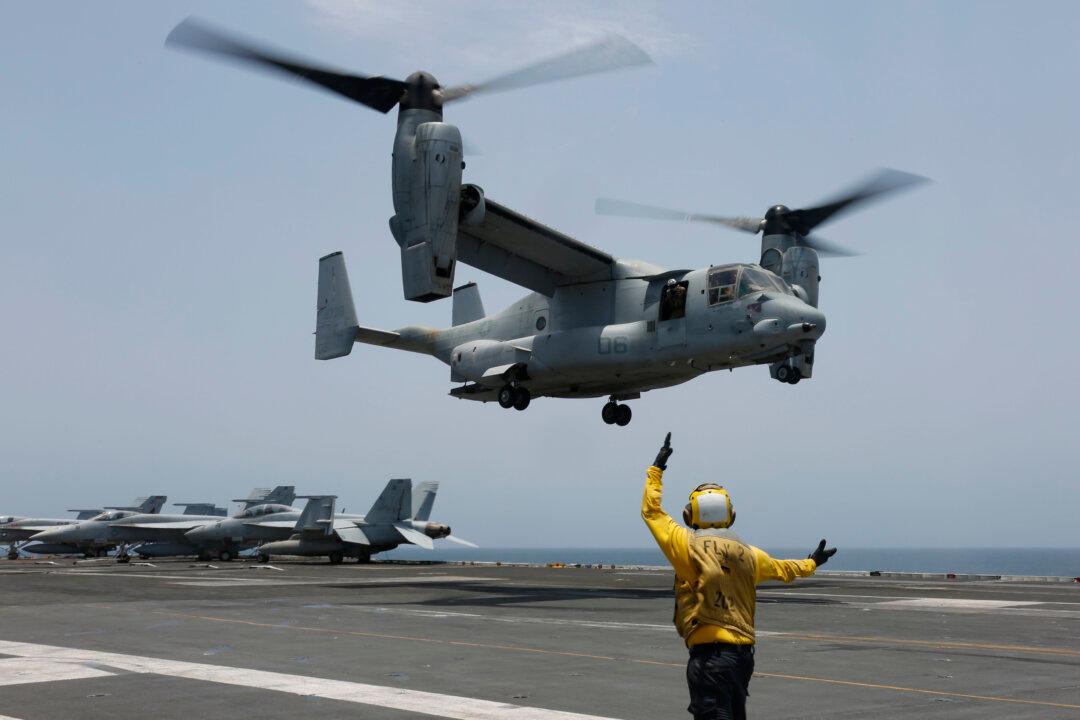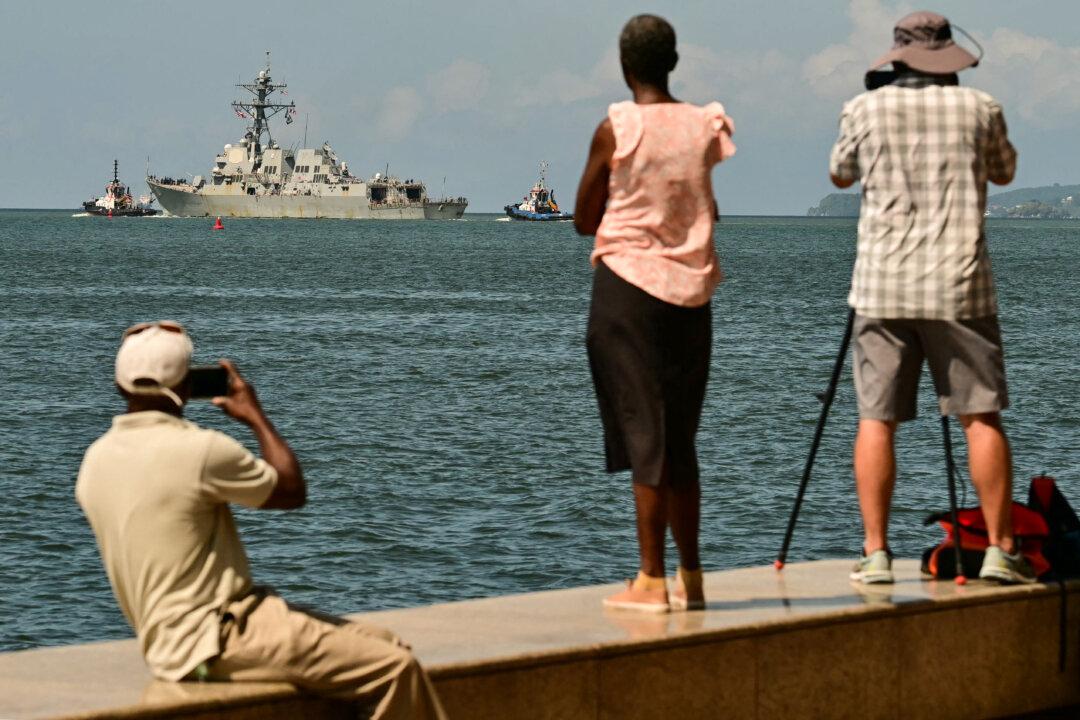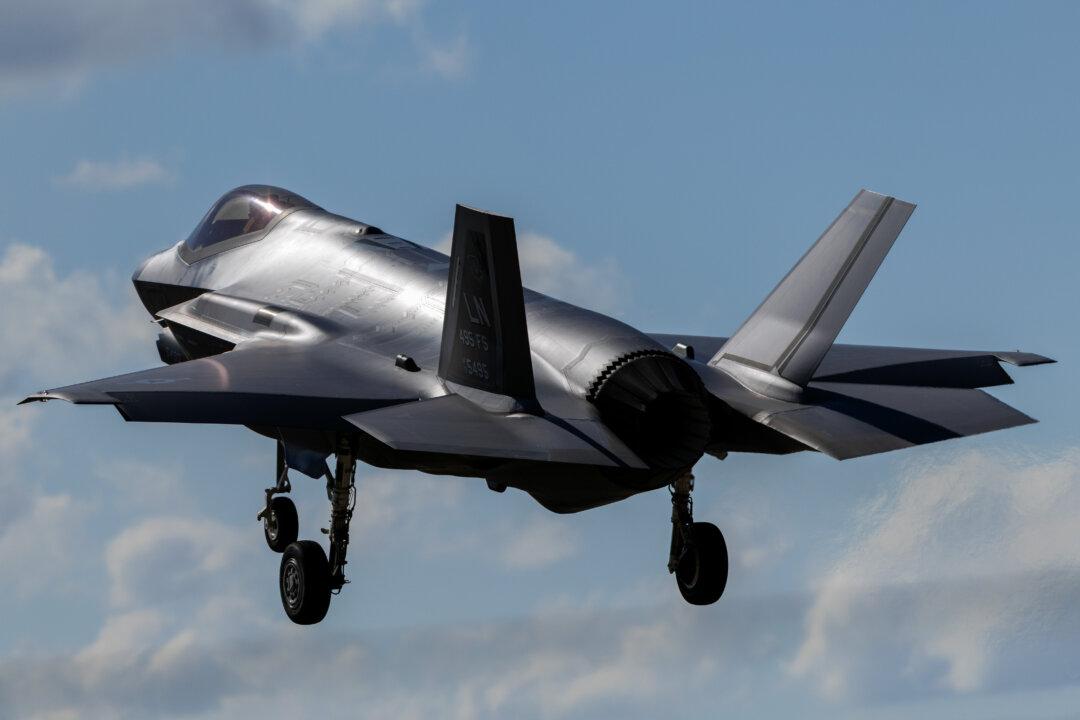Commentary
The Osprey’s dismal safety history was once again in the spotlight with the death of eight marines off the coast of Japan in November. And despite not having resolved the issues that caused the crash, the U.S. military resumed Osprey operations in March.





